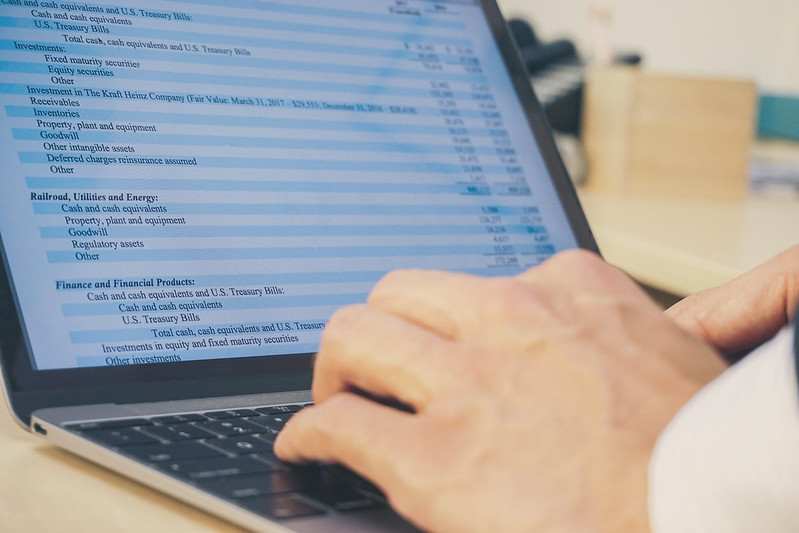There’s a relatively new business term we’re hearing a lot these days, the “burn rate.” That is the rate at which a business startup, most often an internet firm that’s just gone public, spends its cash to keep the business alive long enough to get to the breakeven point.
The cash typically comes from early investors, the initial public sale of stock, and borrowed money. It’s a race against time. Can the new company generate enough cash through sales to get to the breakeven point before it runs out of cash, or not? One might think this is an issue only the “big boys” are concerned with, but in fact, it’s often the primary reason cited for so many new small business failures.
The usual business term is undercapitalization, but it’s the same thing. If undercapitalization (not enough cash in the till at the outset) is known to be a major miscalculation in starting a new business, why does it continue to happen?
Based on numerous interviews with those who want to be in business for themselves, there seem to be two main reasons:
- The initial business plan (presuming one was created) was overly optimistic in its financial projections, so the need for initial capital was underestimated. Monthly operating expenses turned out to be higher than expected or sales revenues failed to materialize as anticipated, or both.
To keep the business going in such a case, the founders had to come up with more cash. Unfortunately, they usually had already spent their life savings and had tapped out all the financial support they could get from friends and relatives just to get the doors opened. No more money, close up shop.
In rare cases, projections were sometimes too conservative, and spectacular growth caused the problem – cash was needed for more products, more employees, and more equipment before sales could be turned into cash. In both cases, too high a burn rate. - Several subtle cash-flow issues weren’t factored in at the beginning. This usually surfaces surprisingly fast, often within the first few months of operation. All of a sudden, the business owner finds he or she doesn’t have enough money to pay suppliers or make payroll, and the firm is in deep trouble.
Experience has shown that the hidden initial capital needs most entrepreneurs fail to include usually have to do with timing.
How long does it take for wholesale goods ordered and paid for upfront to be received and made available for sale? That’s cash out the door and none in for weeks, sometimes months. You need cash to operate in the meantime. What is the typical sales “cycle”? If you’re selling insurance, how long does it take from the initial contact with a prospective purchaser until a sale is made and proceeds from the sale are received? Meanwhile, you need cash to continue business operations. What is the payment cycle, the expected monthly accounts receivable balance? If you accept a charge card, how long does it take between the time you make a sale until you receive payment from the card issuer? A day, three days?
Another startup capital component frequently missed is often right in front of the new business founder: he/she has projected operating losses for the first six months but has failed to include covering those losses in the calculation of startup costs!
And finally, there’s the “fudge factor.” No matter how carefully new company performance is projected, there are always unanticipated factors that come into play that require additional capital (unfortunately, it never seems to work the other way). An often-used rule of thumb is to calculate all of the startup costs needed using conservative assumptions and then to add in a “miscellaneous” factor of from one-third to double the estimated initial capital needs. Even then, the fudge factor probably won’t be enough.
This importance of timing came up in a recent conversation with a firm that sells electronic voting machines. The sales representative told me that the typical sales cycle is two years. That is, it takes two years to get a buy order from a municipality, and after that, months to receive payment. These orders are likely in the millions of dollars, of course, but imagine the burn rate this new company went through just to get to break even!
So, be sure to make a wide-eyed, realistic determination of your new enterprise startup costs and your initial capitalization. Don’t just figure the minimum you can spend to get started. If you do, your new business will be hollering to be fed more greenbacks, and if you don’t have it, you’ll lose your new business, your money, and other people’s money. In this case, it’s what you don’t know that can hurt you.
What is your burn rate, and will you run out of money before you reach breakeven?
Tuck Aikin was a former SCORE colleague of mine for many years until his retirement. Tuck is a prolific writer and wrote small business-themed articles for the Colorado Springs Gazette for many years. As a co-mentor, Tuck was my inspiration for me starting this blog. The preceding post is reproduced with permission from the author.









